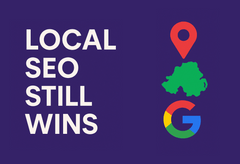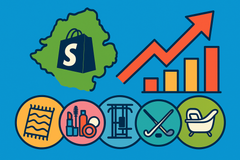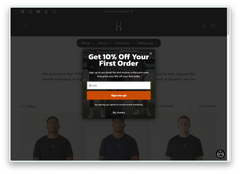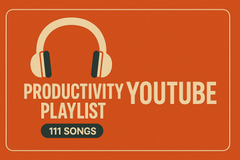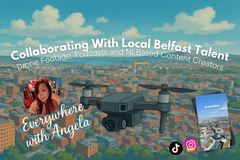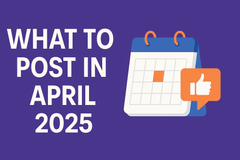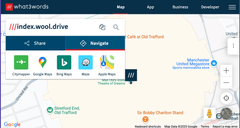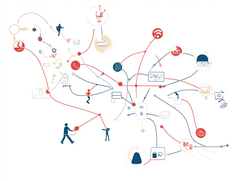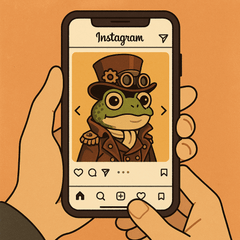Mapping User Journeys: Charting the User Experience
User experience design insights and best practices to create digital products that users love.
Mapping User Journeys: Understanding User Flow to Enhance Experiences
Mapping User Journeys (also known as User Flow or User Path) is the process of charting the various steps that a user goes through when interacting with your product or service. This includes everything from the first time a user encounters your product, to the end of their journey—whether it’s a purchase, registration, or another type of conversion.
The main goal of mapping user journeys is to understand the user’s experience and identify any pain points or areas of confusion. This information can then be used to improve the overall user experience, making it more efficient and intuitive.
Flowcharts
Flowcharts are a great way to visualise the different steps users go through when interacting with your product or service. They can be used to show various pages or screens, plus the actions that users can take at each step. By illustrating the progression of tasks and decision points, flowcharts help you spot bottlenecks or unnecessary complexity in the user’s path.

Storyboards
Storyboards are a more visual, narrative approach to mapping user journeys. Similar to flowcharts, they use images and text to tell the story of a user’s experience. They can highlight the user’s emotions and thoughts at each stage, providing deeper insight into motivations and potential friction points along the journey.

User Journey Maps
User Journey Maps combine several aspects of the user’s path into a single visual representation, including goals, pain points, and feedback. They often include touchpoints, channels, and devices that the user might use at different stages. By integrating multiple elements, journey maps help you see the bigger picture and plan cohesive, cross-channel experiences.

User Scenarios
User Scenarios are narratives describing a user’s experience in a realistic, context-rich way. They can show each step a user goes through, along with potential thoughts and emotions. Unlike pure flowcharts, user scenarios aim to capture the human side—what’s the user trying to accomplish and how do they feel during the process? These insights often reveal deeper motivations and potential points of friction.

Testing and Validation
It’s crucial to test and validate user journeys with real people—through usability testing, user interviews, or surveys. By collecting direct feedback, you can spot pain points or areas of confusion and make targeted improvements to the overall user experience. Constant iteration ensures your product or service remains user-centered and efficient.
Conclusion
Mapping user journeys is an essential practice for creating a user-centered product or service. By visualising how users move from discovery to conversion (or any other key milestone), you can identify friction points and areas for improvement. Whether you use flowcharts, storyboards, journey maps, or user scenarios, each approach provides valuable insight into user needs, motivations, and potential pitfalls. Combining these methods with strong visuals—including illustrative images—helps stakeholders quickly understand the user experience and drives more effective, empathic design decisions.




